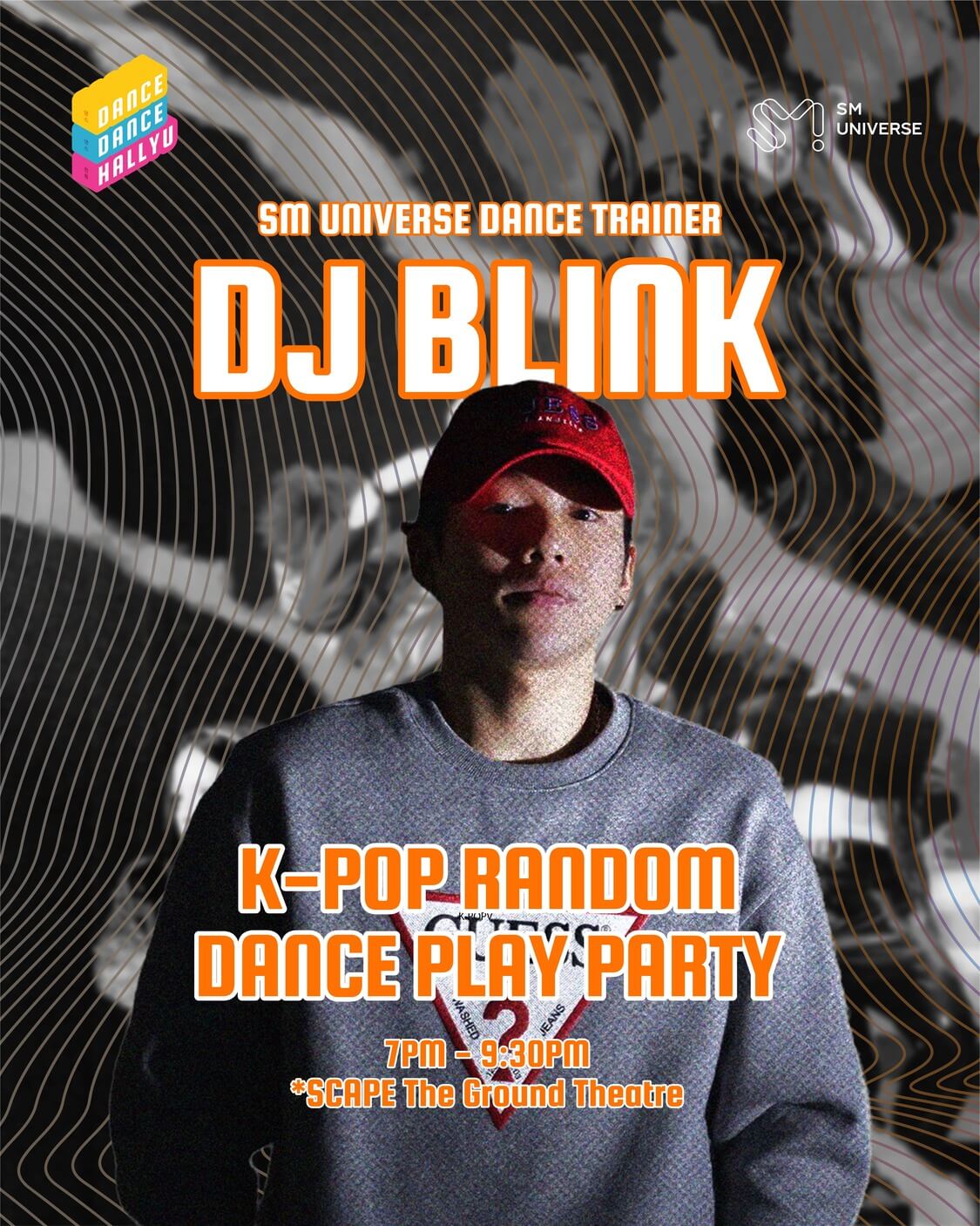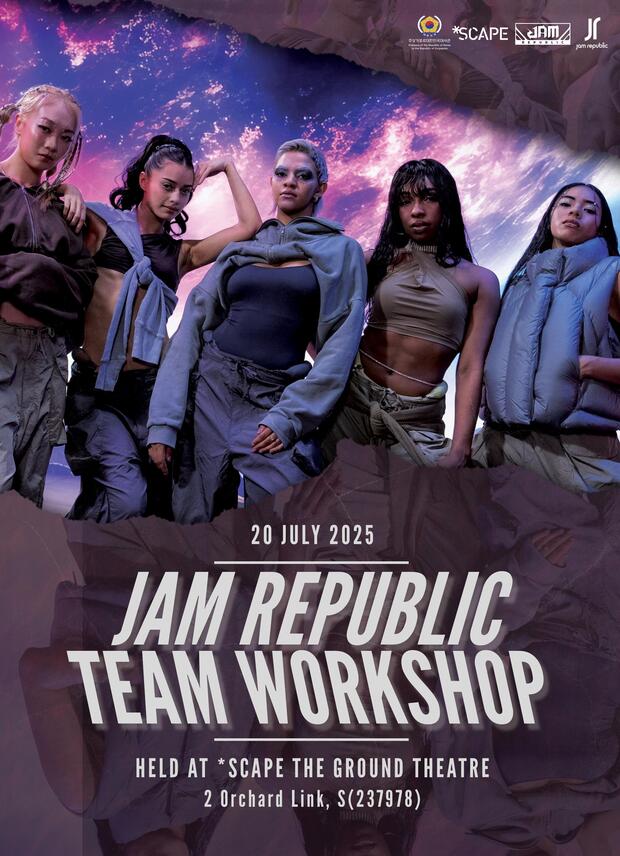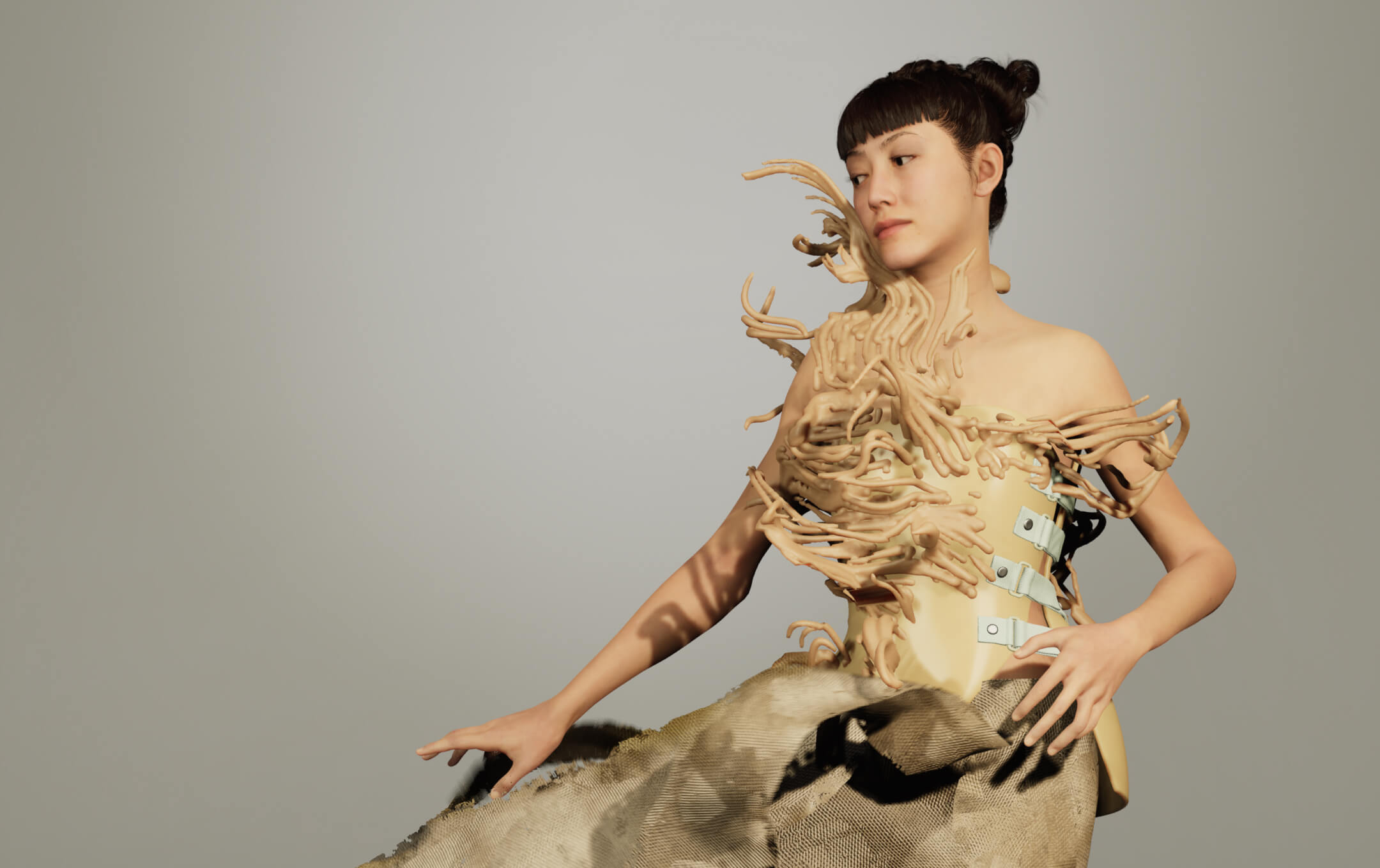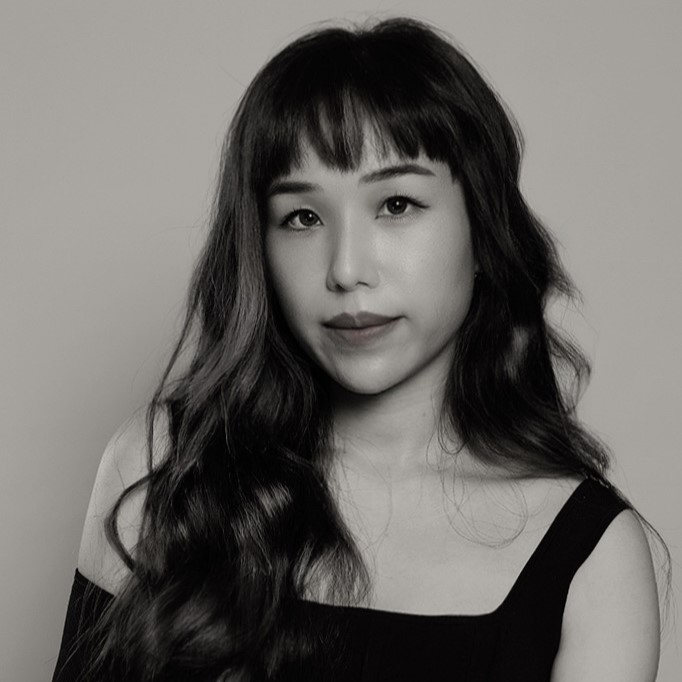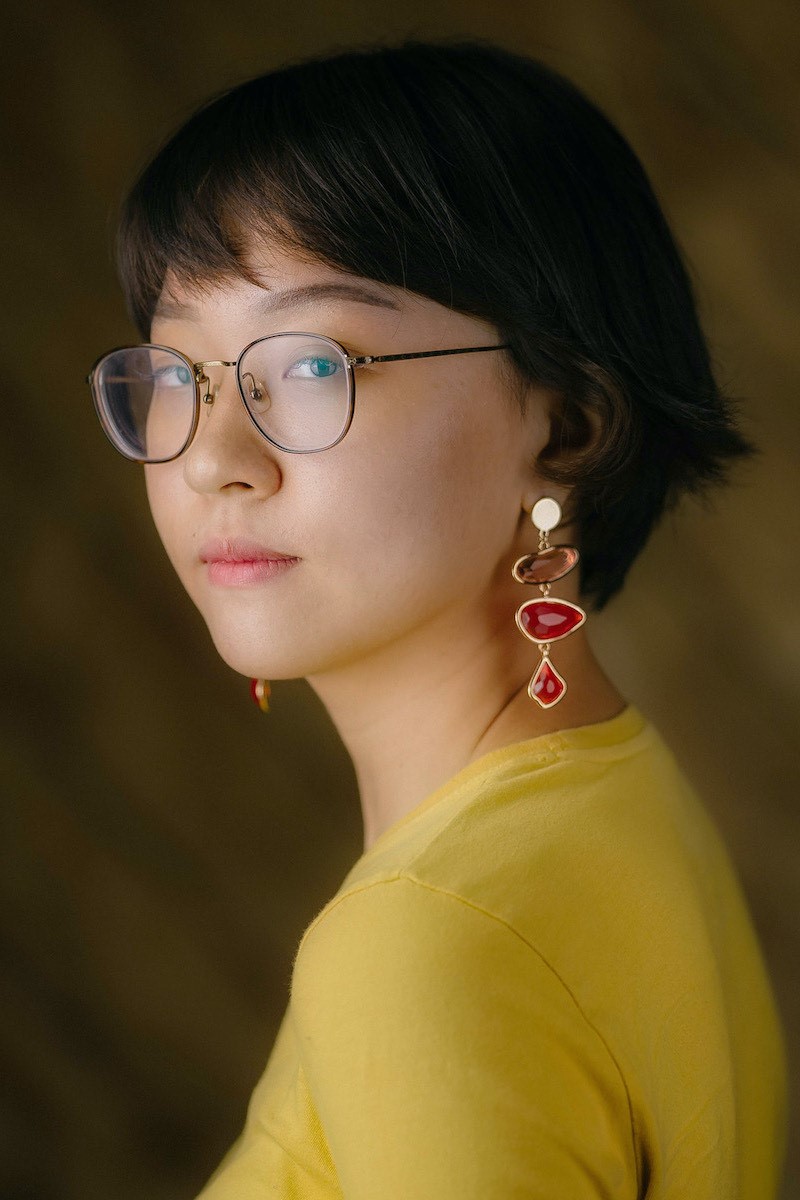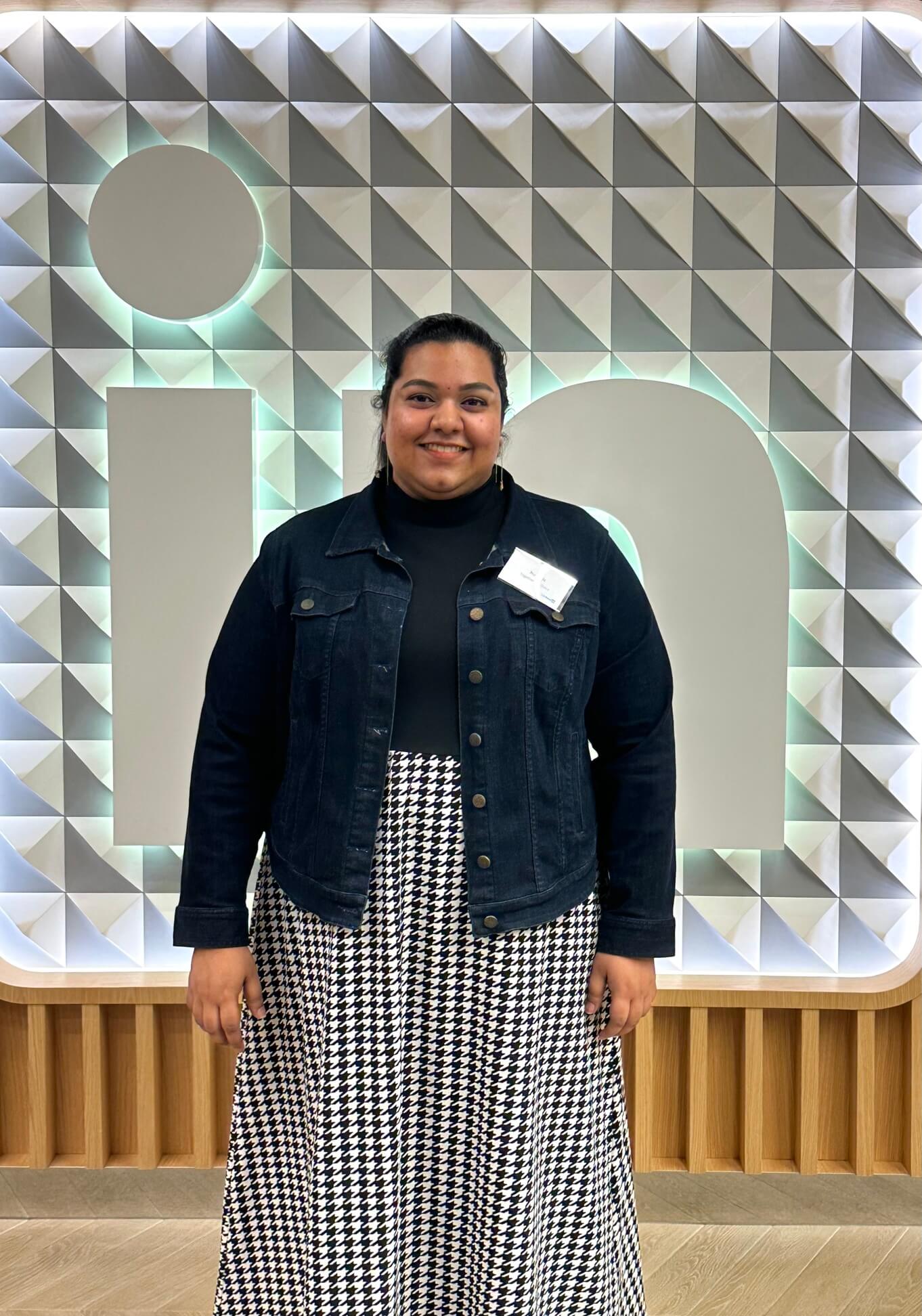Jamela’s First Solo Show: A Milestone in Her Career
Tell us about yourself and what inspired your passion in this field?
Jamela: I’m a fashion technologist who makes neo-couture. In other words, I focus on crafting unique, custom-made pieces instead of mass-produced off-the-rack pieces you see in fast fashion retail shops. With the help of techniques such as 3D printing and computational software, I can bring to life aesthetics that are difficult to create with the human mind and hands.
Working in neo-couture is amazing because I can be inspired by anything under the sun and follow my curiosity all the time. Creativity has no bounds, and technology is removing many of the limitations faced by designers in the past. It is an exciting field to be in today.
Can you tell us more about your role and experience in the Community Arts Residency?
Jamela: I was in the Community Arts Residency programme, where I produced an exhibition titled “Scars, Skins, and Styles: Phygital Transfigurations”. To create the artwork, I reached out and involved a diverse group of under-represented individuals, such as those from the LGBTQ and disabled community to co-design bespoke fashion wearables for themselves in the digital realm.
One memorable experience was giving lessons on AI generative tools to a bedridden participant named Vivian, who was diagnosed with spinal muscular atrophy type 2. Even though she is paralysed from the neck down, Vivian eventually learnt how to create her images using eye movement tracking technologies and translation apps to issue written commands. Our final co-designed artwork was a custom, inclusive doll drawing inspiration from Vivian’s medical condition and her love for her Barbie collection.
To achieve that, I also introduced her to 3D scanning and 3D printing technologies, working closely with Vivian throughout the whole design process. Her project effectively examined life-changing experiences through the lenses of Digital Technologies and Co-Designing. The collaboration was even featured on a local Chinese language news programme “科技一点通” that focused on creative applications of technology.
P.S. Vivian manages an online shop www.vivianbaokahliao.com, earning commissions through sales on her portal. Her dream is to support her mom and be financially independent.
How instrumental was *Scape in helping you on your journey?
Jamela: The exhibition was held at *Scape in 2024, during Singapore Art Week. It was my first solo show and a milestone in my career. *Scape had offered me a comprehensive platform to hold multiple productive dialogues in a secular, public setting. This is crucial to developing creative engagement and learning in a community.
For instance, with the help of my curator Pearlyn Cai, we organised a public sharing in which I discussed my experience growing up as an immigrant and my struggles with mental health. Furthermore, I was able to share my platform with a displaced participant to debut his first poetry performance; something that I am happy about. *Scape also helped to coordinate a panel talk with the kind support from the National Arts Council, inviting a certified art therapist to facilitate discussions with the public on potential applications of new toolkits and processes for art therapy sessions n the face of rapidly emerging technological advancements.
How was your experience working with *Scape?
Jamela: The team at *Scape understands that art is a powerful medium to captivate communities for introspection and reinvention. Institutional support and networking opportunities are important for artists like me, whose aspiration is to build safe and warm-hearted spaces that thrive to promote healing within our community. Today, there is ever a greater need for a public platform and artistic expressions that transcend barriers such as physicality, gender, and accessibility of resources.
What was your biggest takeaway?
Jamela: Being an artist is not just about making beautiful things. We, as humans are hard-wired to seek beauty, but we also need to confront the ugly things in life. Through designing with meaning and clear intent, I found it brought joy to the creative process. By showcasing art representing the history, values and traditions of the diverse groups in our community, I learnt much about myself and the cultural identities of our time. When we feel a sense of pride and belonging, it is easier to promote understanding and empathy.
What advice would you give to young people who are looking to pursue their passions and turn their ideas into reality?
Jamela: Being a designed also comes with huge responsibilities. Our planet is vulnerable; let’s not chase trends blindly or get too comfortable with labels or the status quo. When creating, we should emphasise much durability, repairability and disassembly. Being a designer requires a lot of self-direction and discipline. Chances of failure and rejection are high, so be humble, make mistakes, stay true and upskill constantly.
Any upcoming projects/plans?
Jamela: I am currently concluding my Master’s study. Upon graduation, I hope to bring more exciting immersive fashion experiences and dip my foot into Biodesign! As a multidisciplinary artist, you will probably see me in the most unexpected places.

